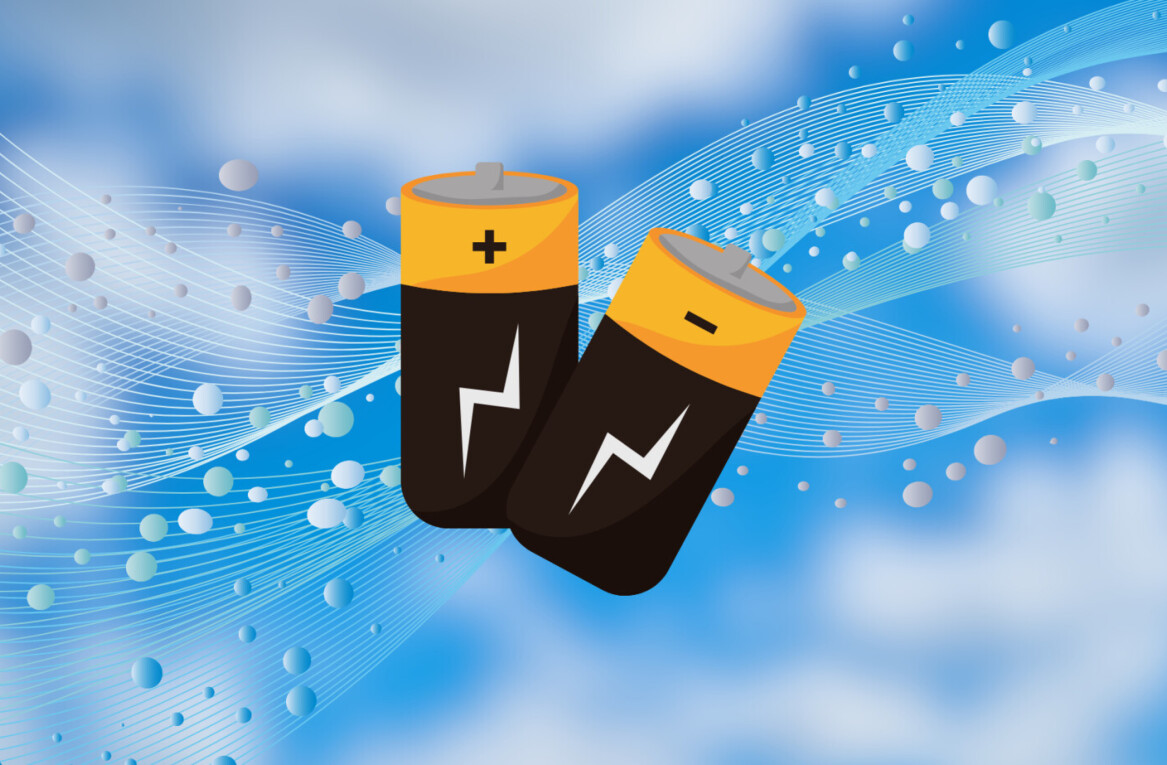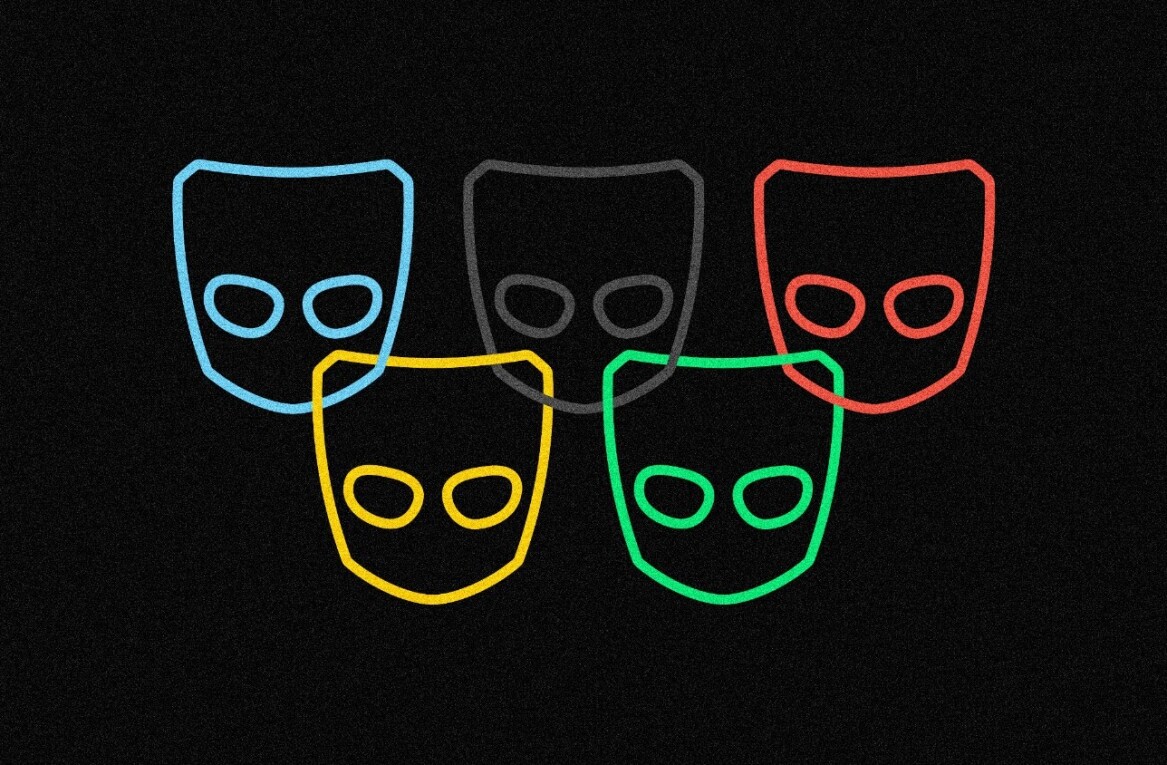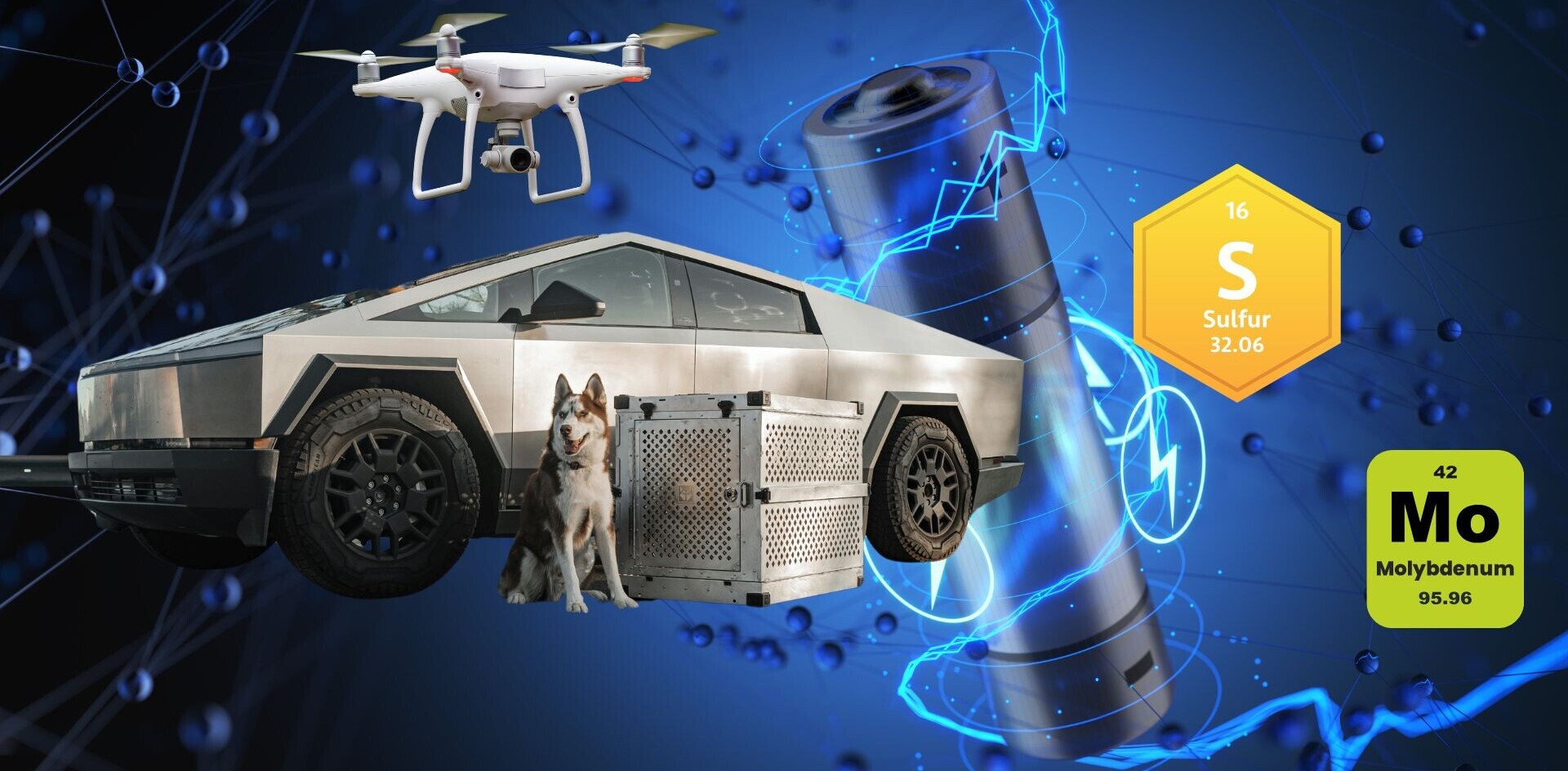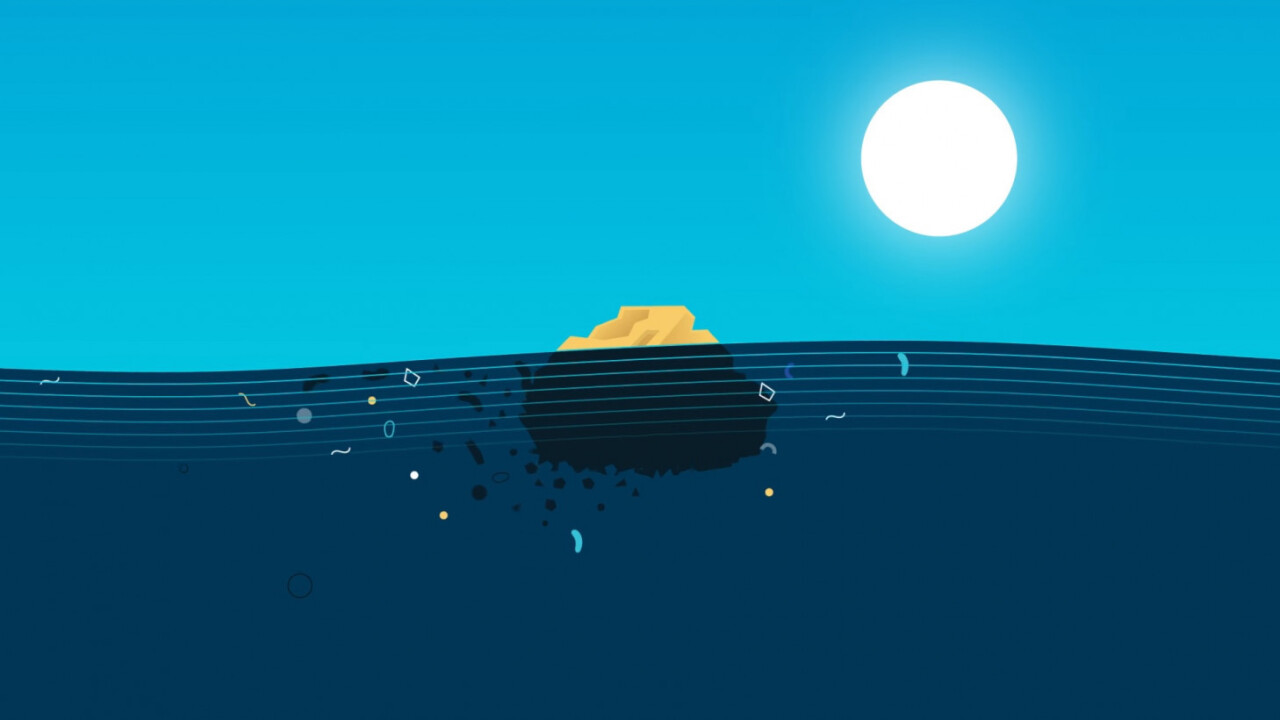
Researchers at The Ocean Cleanup, a non-profit dedicated to ridding our seas of trash, today published the results of a three-year study to determine the size of the Great Pacific Garbage Patch (GPGP). The largest accumulation zone of ocean garbage on the planet, it turns out, is much worse than anyone thought.
The vast majority of the trash is microplastics derived from deteriorated pieces of larger plastic debris or health and beauty products that contain “micro beads.” But the bulk of the GPGP’s mass comes from fishing nets and pieces of debris over 5cm. This has made determining its size difficult for scientists in the past.
According to the researchers, the samples they obtained indicate previous estimates concerning the patch’s mass didn’t account for the weight of larger items:
Our model, calibrated with data from multi-vessel and aircraft surveys, predicted at least 79 (45–129) thousand tonnes of ocean plastic are floating inside an area of 1.6 million km2; a figure four to sixteen times higher than previously reported.
In the Summer of 2015 the team conducted months of open-ocean trawling to obtain samples directly from the GPGP. In 2016 they conducted aerial surveys which allowed them to compare their results with those of scientists’ going as far back as the 1970s. By combining the data into a model the scientists were able to compute its size, thus giving us a greater understanding of the problem. 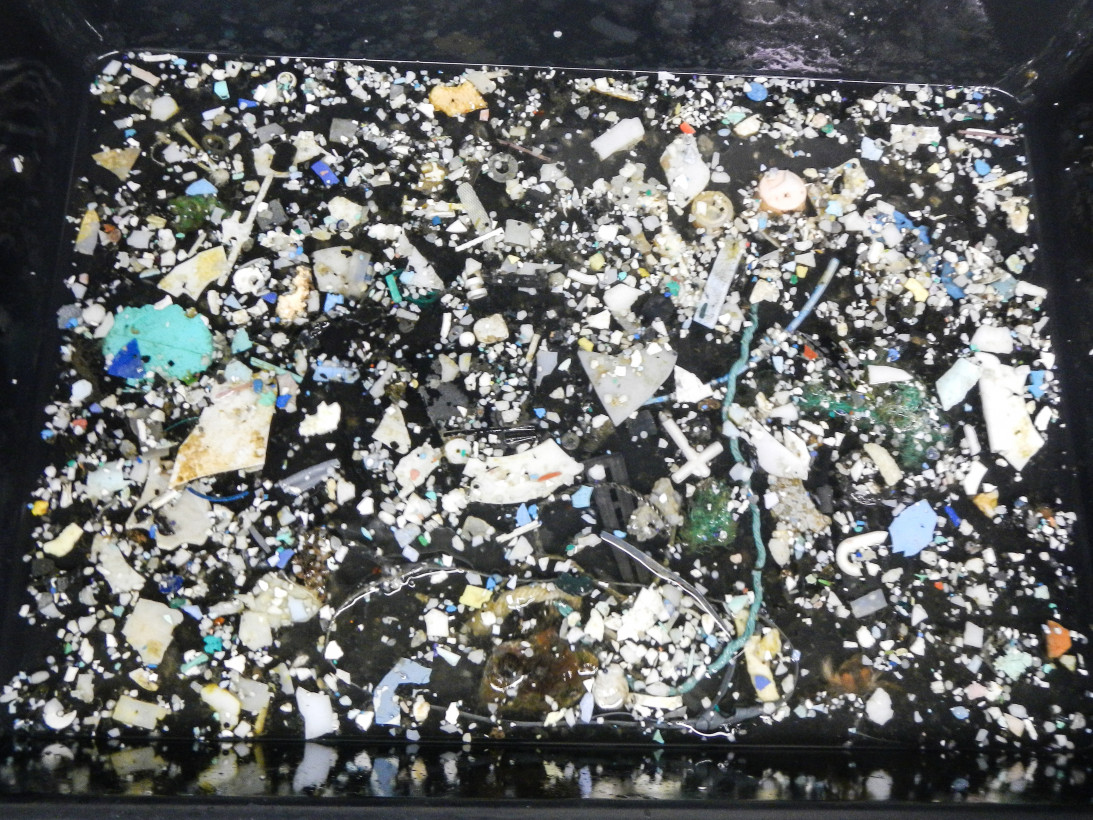
And what they found was that it’s getting worse. In fact, GPGP isn’t just growing because we’ve continued to use and discard plastic over the years — it’s actually getting exponentially larger. As time goes on we’re using more and more plastic products per person, per year, than ever before. Without intervention things will only get worse.
Thankfully, the team at The Ocean Cleanup aren’t just sounding the alarm. Its efforts include solutions, according to its website:
By deploying a fleet of systems, The Ocean Cleanup has estimated to be able to remove 50% of the Great Pacific Garbage Patch in just 5 years’ time. The concentrated plastic will be brought back to shore for recycling and sold to B2C companies. The revenue gained will help fund the cleanup expansion to the other four ocean gyres.
The Ocean Cleanup’s first ocean cleanup effort is scheduled for mid-2018. You can get help by donating here.
The Next Web’s 2018 conference is just a few months away, and it’ll be ??. Find out all about our tracks here.
Get the TNW newsletter
Get the most important tech news in your inbox each week.


